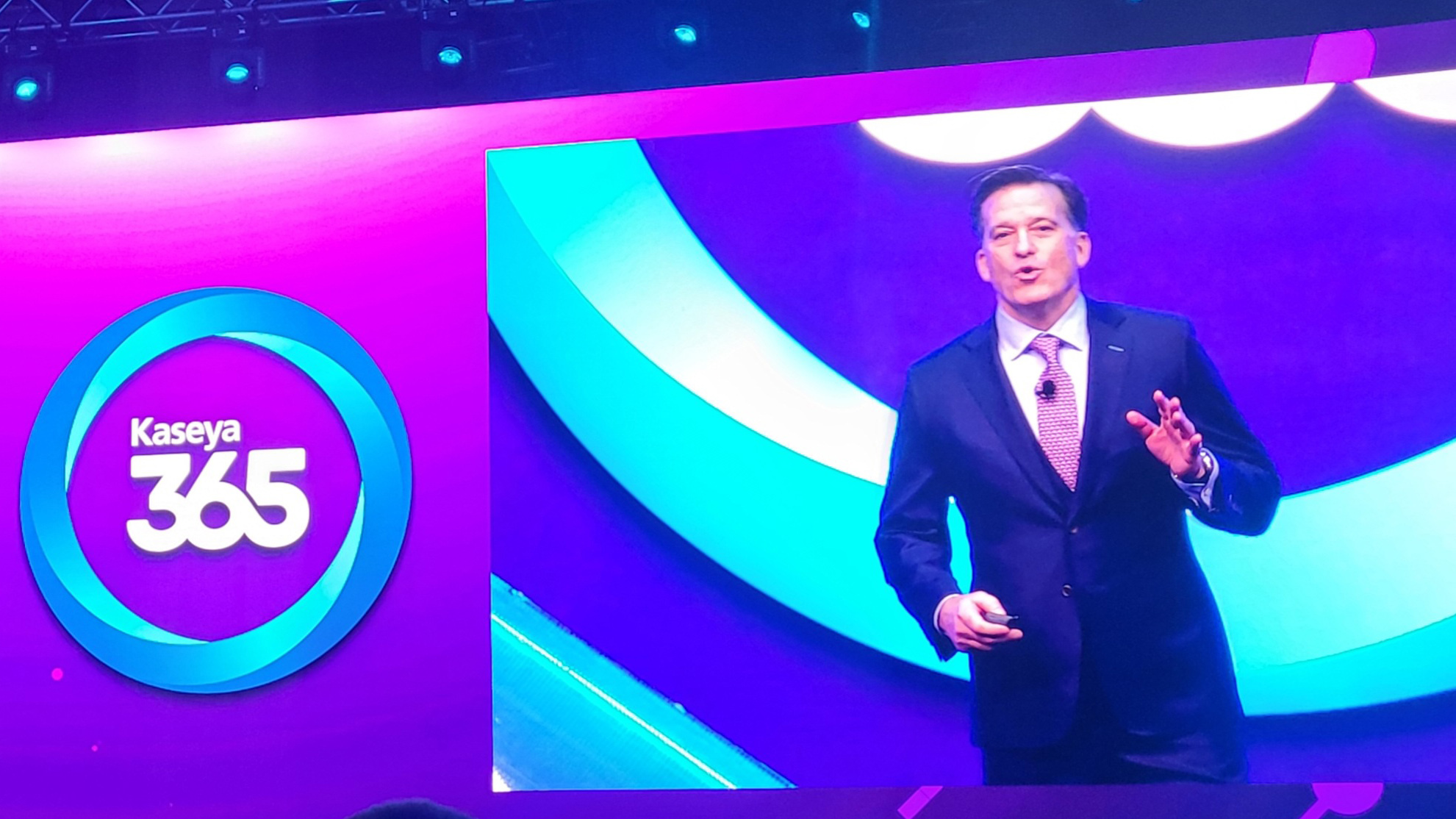Infortrend Touts Write/Read Speeds of the EonNAS 5100
Network storage provider says a test of its product shows adding two low-latency SSDs to the server node increases performance by more than 30 percent.
Network storage provider Infortrend made the announcement this week that a performance test it conducted of its EonNAS 5100 unified storage system showed adding two low-latency SSDs (solid state drives) to the server node as read/write cache increases performance by more than 30 percent.
Infortrend sees the results of its test as marketable ones. In a press release submitted to EH Publishing, Infortrend states, “Test results indicate that, for a lower investment, users can deploy a SATA-based EonNAS storage system enhanced by SSDs to achieve the same high performance as delivered by a SAS-based configuration not enhanced by SSDs.”†
According to Infortrend, EonNAS systems achieve in the accelerated performance levels by transparently caching frequently-accessed data on SSDs.
“This technology also provides a cost-efficient alternative to meet performance requirements,” states Infortrend in the press release. “Traditionally, users resorted to 15K RPM SAS drives to achieve high performance, and while this approach can meet performance requirements, it comes at a high cost per gigabyte.”
In addition to performance scalability through SSD integration, EonNAS systems also provide capacity scalability. By attaching expansion enclosures, users can scale the solution up to 84 hard disk drives. Moreover, stored data is protected by hardware-based RAID and data protection functions, including snapshot and remote replication.
According to James Hsieh, vice president of global marketing at Infortrend, “EonNAS systems are designed to help SMBs deal with diverse and changing data demands without increasing budget and technical staffing.” He adds, “By integrating SSDs as data cache to meet performance requirements, the Infortrend EonNAS 5100 offers a two-pronged cost benefit by making the initial cost more affordable and offering long-term savings too.”













